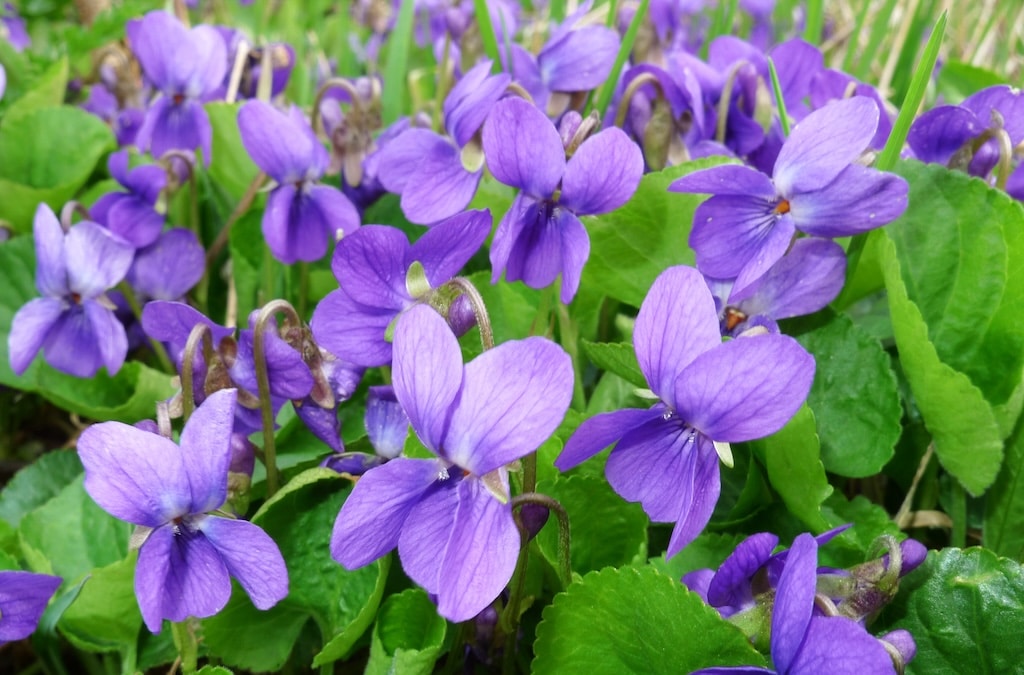The Language of Violets

In the quiet corners of gardens, nestled between lush greenery, you’ll often find a humble yet lovely flower – the violet. With its delicate petals and rich hues ranging from deep purple to soft white, it’s no wonder that this flower has been a favorite subject in art, literature, and even folklore for centuries. But did you know that violets carry a profound symbolic meaning that transcends cultures and time?
From the ancient Greeks to Victorian England, the violet has been steeped in a myriad of meanings.
The Ancient Greeks saw violets as a symbol of love and fertility. They were often used in love potions and wedding ceremonies.
The Romans, on the other hand, associated violets with mourning and used them to decorate tombs. This duality – love and death – is perhaps what makes the violet so intriguing.
Fast forward to Medieval Europe where Christian monks called violets ‘Our Lady’s Modesty’ because of their shy nature of hiding amongst leaves. They became symbols of humility and modesty in religious art.
In Victorian England, where an entire language was built around flowers (floriography), violets held special significance. A bouquet of violets was not just an aesthetic choice but a message in itself. Purple violets symbolized devotion and white violets stood for innocence.
Today, we see echoes of these historical associations in our modern interpretations. We give bouquets of violets as tokens of affection or use them as metaphors for modesty or shyness in literature.
Beyond these symbolic interpretations lies another layer – one rooted in science. Violets are known for their ‘ionone’ – a compound that temporarily desensitizes our sense of smell after a few moments. This is why the scent of violets seems to disappear and then reappear, adding a sense of mystery to this already enchanting flower.
Here’s a little tip for people who have green thumbs: violets are not just beautiful but also useful for your garden. They attract pollinators, enrich the soil with nitrogen, and their leaves can be used as a nutritious addition to salads!
So next time you see a violet remember, that it’s not just a pretty face. It carries centuries of symbolism, stories of love and loss, humility, and devotion. It’s a testament to nature’s ability to inspire us and weave intricate narratives around even the smallest of its creations.
Views: 126
